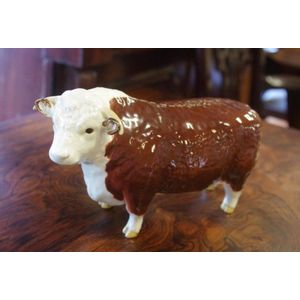Double Strand Crystal Opal Necklace with Emerald and Diamonds
Tony White, crystal opal necklace, a double strand of crystal opal beads of green hue with an estimated 1.66ct trilliant cabochon crystal opal enhancer, bezel set in an 18ct yellow gold stepped frame and finished with an 18ct yellow gold tongue clasp featuring an estimated 0.98ct bezel set rectangular cushion cut emerald surrounded by a halo of fourteen milgrain set round brilliant cut diamonds, estimated total diamond weight 0.84ct, stamped 'White 18ct', 41 grams length 47 cm
You must be a subscriber, and be logged in to view price and dealer details.
Subscribe Now to view actual auction price for this item
When you subscribe, you have the option of setting the currency in which to display prices to $Au, $US, $NZ or Stg.
This item has been sold, and the description, image and price are for reference purposes only.
- Brilliant Cut - In their naturally occuring state diamonds have little life or sparkle and for many centuries were simply cut in half and worn in amulets. Invented at the end of the 17th century by a Venetian diamond cutter, a "brilliant cut" diamond has 58 facets arranged in a regular geometric relationship, with 33 above the crown and 25 below on the pavilion.
The introduction of the brilliant cut increased the popularity of diamonds in jewellery as it was the first cut to reveal the fire of the diamond, with the light being internally reflected from one facet to another, and was superior to the previously used table cut and rose cut.Variants to the brilliant cut have emerged since the end of the 17th century, but the popularity of the original brilliant cut has continued to the present time, where it is still the most commonly found cut.
. - Bezel - On a clock or watch, the bezel is the metal frame into which the watch or clock glass is fitted. In clocks, the bezel may include a hinge and a flange, in effect a door to the face of the clock. In jewellery the bezel is a band of metal with a projecting lip that holds the gemstone in its setting.
- Emeralds - Emeralds have been used in jewellery making for thousands of years, and are prized for their deep green colour, which is caused by the presence of chromium and vanadium in the mineral beryl. Because of their rare colour, emeralds are often more valuable than diamonds of a similar size and quality. In jewellery making, emeralds are typically cut into round or oval shapes to maximize their color and clarity. They are often set in gold or platinum and used as the centrepiece of a piece of jewellery, such as a ring or necklace. They can also be used in combination with other gems, such as diamonds, to create intricate and beautiful designs.
- Cabochon Cut in Jewellery - A cabochon cut is a type of gemstone cutting where the stone is cut and polished in a convex shape with a flat bottom and a domed top, with no facets. This type of cut is typically used for opaque or translucent stones that have natural patterns or inclusions that are best displayed in this type of cut. Examples of stones that are often cut as cabochons include turquoise, opal, and moonstone.
This item has been included into following indexes:
Visually similar items

Beswick Hereford Bull, Ch. of Champions, 1363A, 12 cm high, 19 cm long approx.
Sold by
in
for
You can display prices in $Au, $US, $NZ or Stg.

A pair of gold pendant earrings, each with an open oval disc, suspended from a curved bale, styled in 18ct gold, total length 42 mm
Sold by
in
for
You can display prices in $Au, $US, $NZ or Stg.

A Royal Winton hors d'eouvres platter
Sold by
in
for
You can display prices in $Au, $US, $NZ or Stg.

Howard B Carter (act. 1940s). Australia/New Zealand Gums at Dawn. Watercolour. Signed lower left. 49.5 x 36.5 cm
Sold by
in
for
You can display prices in $Au, $US, $NZ or Stg.
